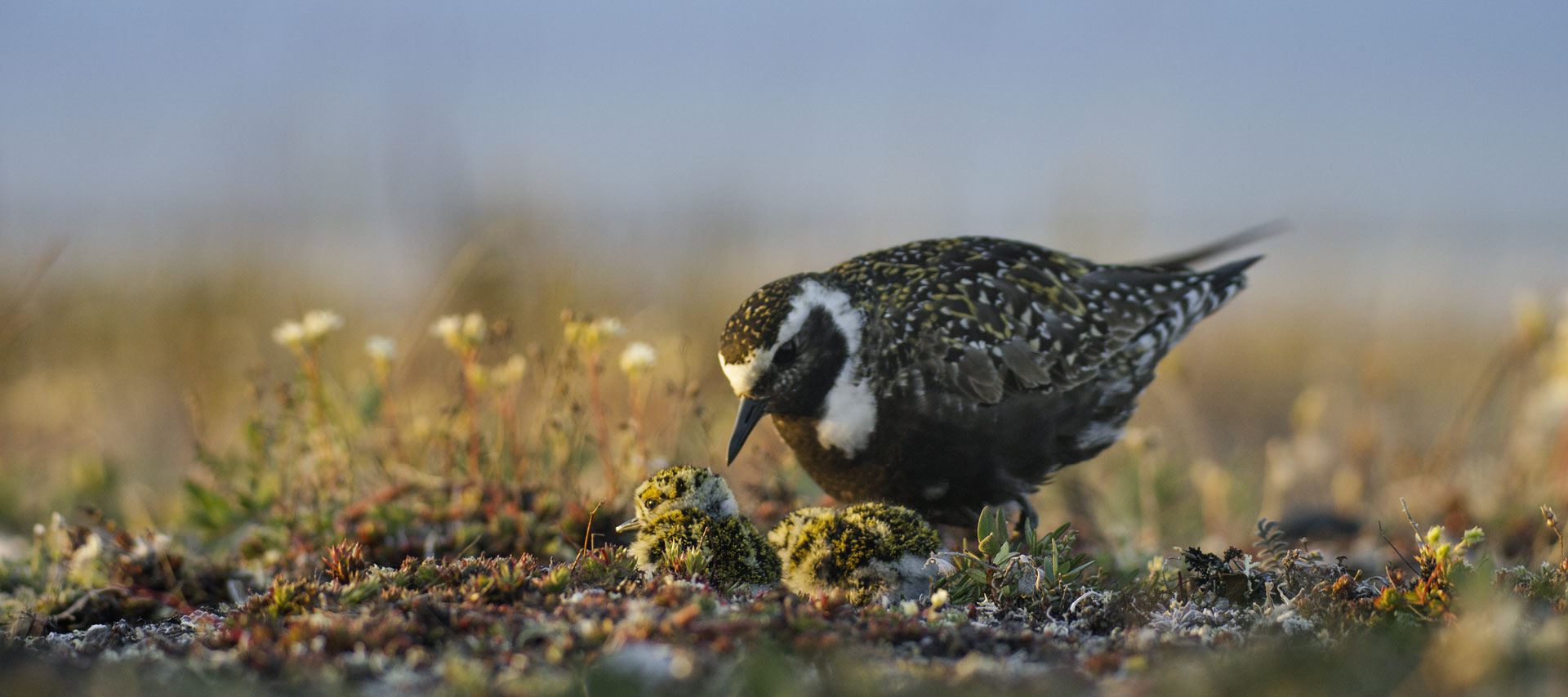The Last Great Wilderness
Far away from the busy cities, the Arctic National Wildlife Refuge is like a window that allows us to travel back in time and explore a land largely unaltered by western civilization. For thousands of generations, the Gwich’in people have lived off the Arctic Refuge, what they call “the Sacred Place Where Life Begins.” For hundreds of thousands of caribou, for polar bears, muskox, wolves, arctic foxes and over 200 species of migratory birds it is exactly that, a birthing ground. These Arctic species are dependent on the Arctic Refuge for their survival.

But right now this Arctic paradise is at risk of energy development. This process could threaten local wildlife, indigenous cultures, and the global climate. Although 95% of the North Coast of Alaska is already open to drilling, the last 5% is now at risk of being developed for oil and gas exploration. This wild land is traditional Native ground and home to important wildlife like polar bears and caribou. Oil and gas exploration would put these cultures and species at unnecessary risk.
Help us.
America's Arctic is at risk from rapid climate change and ongoing efforts to open the region to extractive energy development, threatening wildlife, Indigenous cultures, and the stability of our global climate.
Despite America's ambitious climate goals, and broad support for protecting the Arctic, energy companies continue to push for expanding antiquated, environmentally harmful energy infrastructure, putting humans and wildlife at unnecessary risk.
Western Arctic
America’s Western Arctic represents one of the most important fronts in the fight against climate change. Also known as the National Petroleum Reserve—Alaska, this 23-million-acre expansive wilderness is home to abundant wildlife and Indigenous communities who’ve thrived in the region for thousands of years. Representing 1% of the U.S. landmass - an area roughly the size of Virginia - this dynamic, undeveloped ecosystem supports diverse wildlife and subsistence resources for Native Alaskan communities.

The Western Arctic supports robust wild ecosystems that include caribou, geese, loons, salmon, polar bears, and bowhead whales, and its lands, waters, and animals support a number of communities in the region. Any disruption that jeopardizes the ecosystem’s health puts all of its inhabitants at risk.
Climate change is causing temperatures to rise in Arctic Alaska at four times the rate of the rest of the planet, and with each passing year, the Arctic is especially hard hit by destabilizing on-the-ground effects including sea ice melt, permafrost thaw, and coastal erosion.




